Ethnography of the Uzbek People
?>
Ethnography of the Uzbek People
Ethnography is a science that studies the origin of peoples and ethnic groups, their historical development, way of life, and material and spiritual culture. Uzbek ethnography holds particular importance, as it explores the historical roots of the nation, its unique customs and rituals, traditional forms of economic activity, and its rich material and spiritual heritage. The Uzbek people are among the most ancient ethnic groups of Central Asia, and their ethnography plays a significant role in preserving historical memory and strengthening national identity.
Ethnic Origin and Formation of the Uzbek People
The Uzbek people are the result of centuries-long historical and ethnic processes. In the millennia before our era, ancient tribes such as the Saka, Massagetae, Sogdians, Khwarezmians, Bactrians, Parthians, and Margians inhabited the territory of Central Asia. Their material and spiritual legacy formed the foundation of the modern Uzbek nation.
From the middle of the first millennium AD, Turkic tribes began to migrate actively into Central Asia. Most of them settled in agricultural oases and gradually assimilated with the local population. During this process, the Turkic language became the main means of communication. After the Arab conquest in the 7th–8th centuries, Islam spread throughout the region and deeply influenced the religious and spiritual life of the Uzbek people.
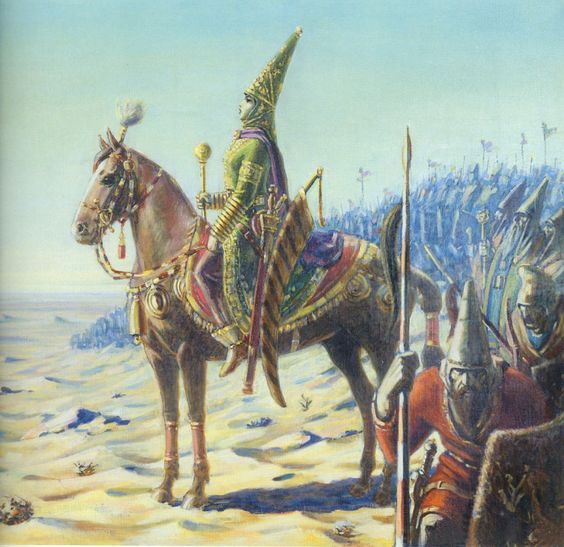
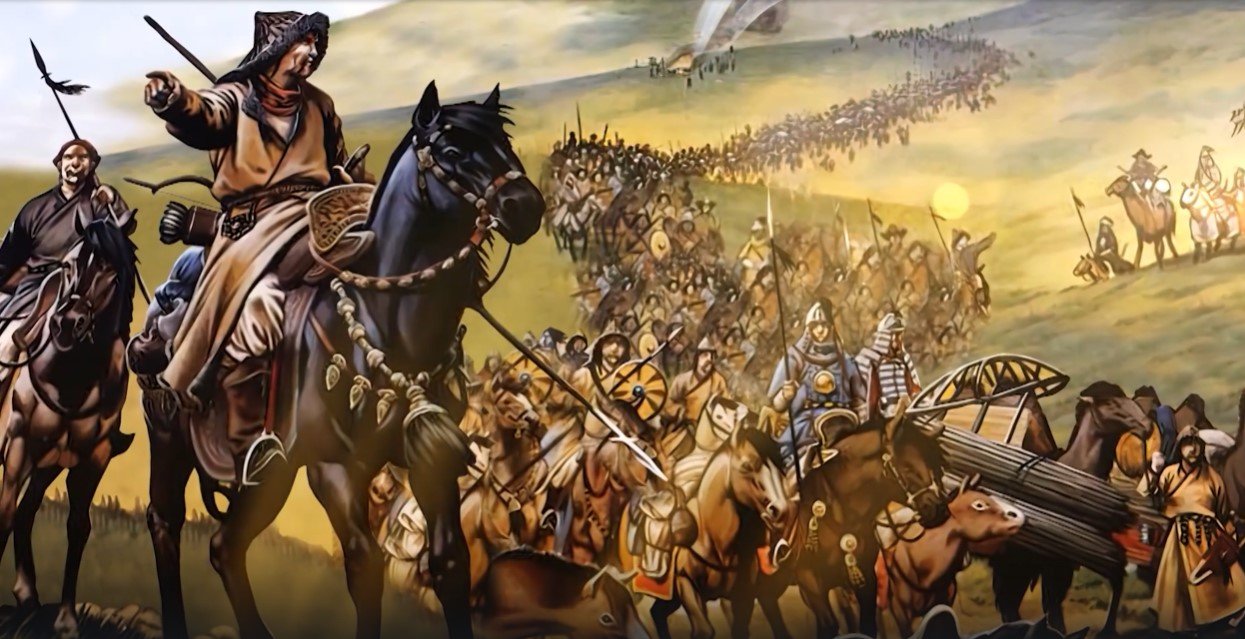
The Mongol invasion of the 13th century also left its mark on the ethnography of the Uzbeks. Some Mongol tribes merged with the local population, which affected the racial composition and cultural features of the people. In the 14th–16th centuries, during the Shaybanid era, the term “Uzbek” became widely used. Thus, the modern Uzbek ethnos took shape — formed on a Turkic basis, but incorporating elements of Iranian and other regional peoples.
Traditional Economy and Occupations
The economic activities of the Uzbeks developed in close connection with the natural and geographical conditions of their environment. In the oases, the main occupation was irrigated agriculture, including the cultivation of wheat, barley, rice, cotton, vegetables, and fruits. Gardening and viticulture also played an important role in the traditional economy. Animal husbandry was another significant branch, with sheep breeding, horse breeding, and camel breeding being the most common. Although the nomadic and semi-nomadic way of life was gradually replaced by a sedentary one, livestock breeding continued to occupy an essential place in the national economy. Craftsmanship holds a special place in Uzbek ethnography. Pottery, blacksmithing, jewelry-making, weaving, carpet weaving, and embroidery were not only practical crafts that provided the necessities of daily life but also reflected the people’s aesthetic taste and artistic vision.


Hunarmandchilik tarmoqlari o‘zbek etnografiyasida alohida o‘rin egallaydi. Kulolchilik, temirchilik, zargarlik, to‘qimachilik, gilamdo‘zlik, kashtachilik kabi sohalar nafaqat maishiy hayot uchun zarur buyumlar tayyorlagan, balki xalqning estetik qarashlarini ham ifodalagan.
Customs and Rituals
Customs and rituals represent one of the most ancient layers of the spiritual heritage of the Uzbek people. Great importance has traditionally been attached to wedding and ceremonial rites, festivals associated with the harvest, and educational traditions related to family and community life.
Wedding ceremonies included several stages — fotikha to‘y (engagement ceremony), kelin salom (greeting the bride), kelin ko‘rdi (meeting the bride), kelinni uyga kiritish (bringing the bride to her new home), and others, which have been preserved to this day.
Navruz, the ancient festival celebrating the arrival of spring and the awakening of nature, has long held a special place in the life of the Uzbek people and remains one of the most cherished traditions.

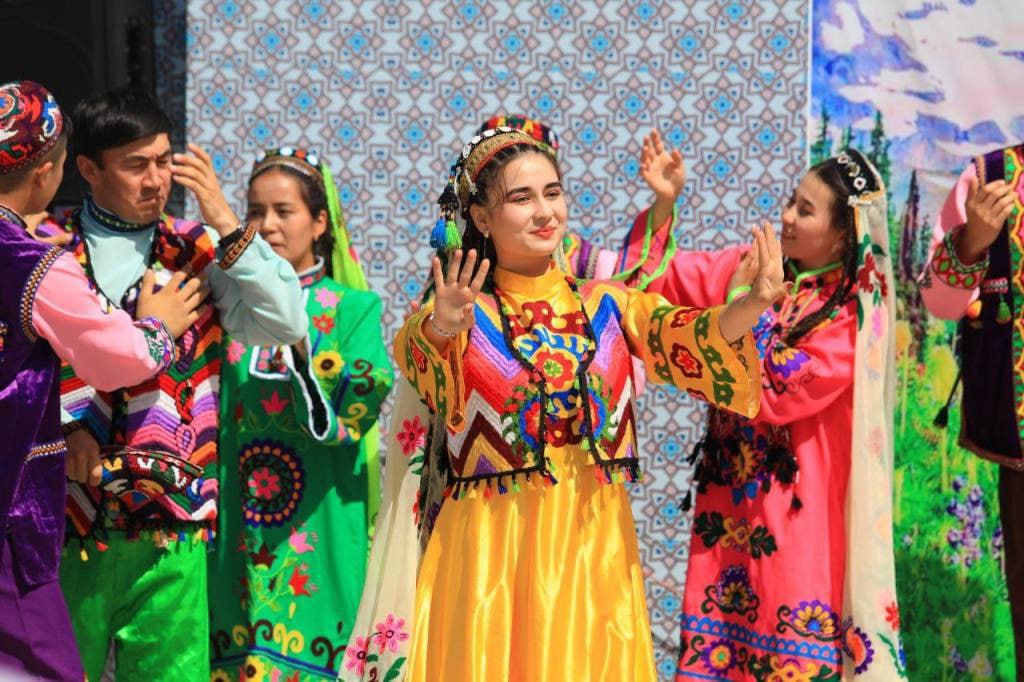
Material Heritage
The material culture of the Uzbeks is reflected in their dwellings, clothing, cuisine, and handicrafts. Uzbek houses were most often built in the form of a courtyard (hovli), made of clay, adobe, or brick mixed with straw. The interiors were decorated with carpets, chests, embroidered pillows, and other elements of traditional ornamentation.
In national clothing, silk fabrics such as atlas and adras were widely used, as well as the arts of gold embroidery and needlework. Men typically wore doppi (skullcaps) and chopon (long robes), while women wore bright atlas dresses adorned with precious jewelry.
In traditional cuisine, special importance is given to dishes such as plov (pilaf), somsa (baked pastries), manti (steamed dumplings), chuchvara (boiled dumplings), and various types of bread — all of which are inseparable elements of the Uzbek people’s national traditions.

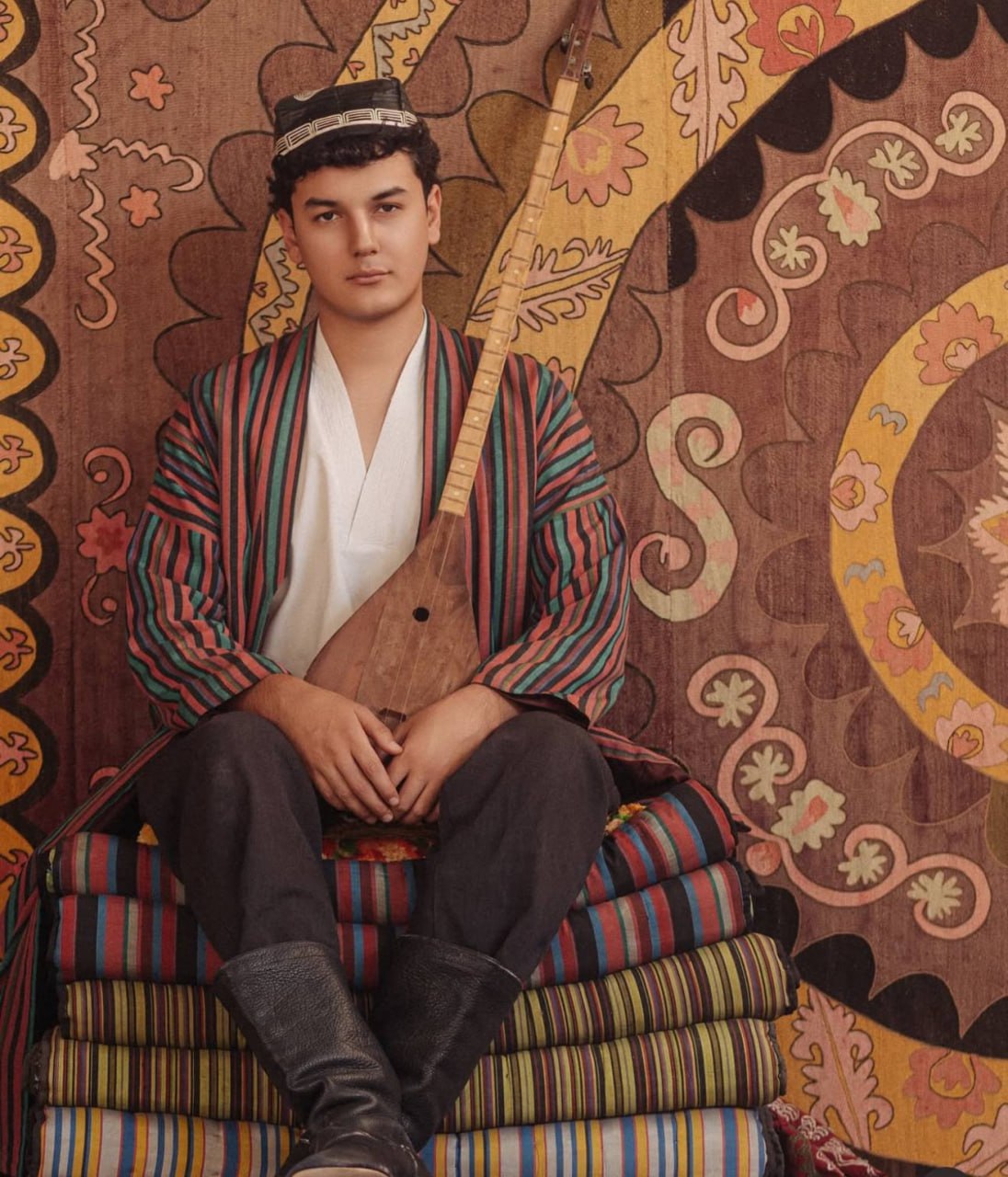
Spiritual Heritage
The spiritual culture of the Uzbek people has developed over centuries. Oral folk art includes a wide variety of fairy tales, epics, proverbs and sayings, songs, and riddles. The epic Alpomish is one of the greatest works of oral creativity, embodying the ideals of bravery, freedom, and loyalty. Folk songs and dances are an inseparable part of rituals and celebrations, expressing the inner world, emotions, and moods of the people. Islam and Sufism have had a profound influence on the spiritual life of Uzbeks, shaping moral values and behavioral norms.
The Institution of Family and Mahalla
In Uzbek ethnography, the family and the mahalla (neighborhood community) occupy a special place. The family has long been the center of social life, where children were raised in the spirit of respect, diligence, and kindness.
The mahalla is an important social institution that unites people, maintains public order, and preserves traditions. Customs such as hashar (collective help), qo‘shnichilik (good neighborliness), and mehmondo‘stlik (hospitality) form the basis of mahalla life and contribute to community cohesion.
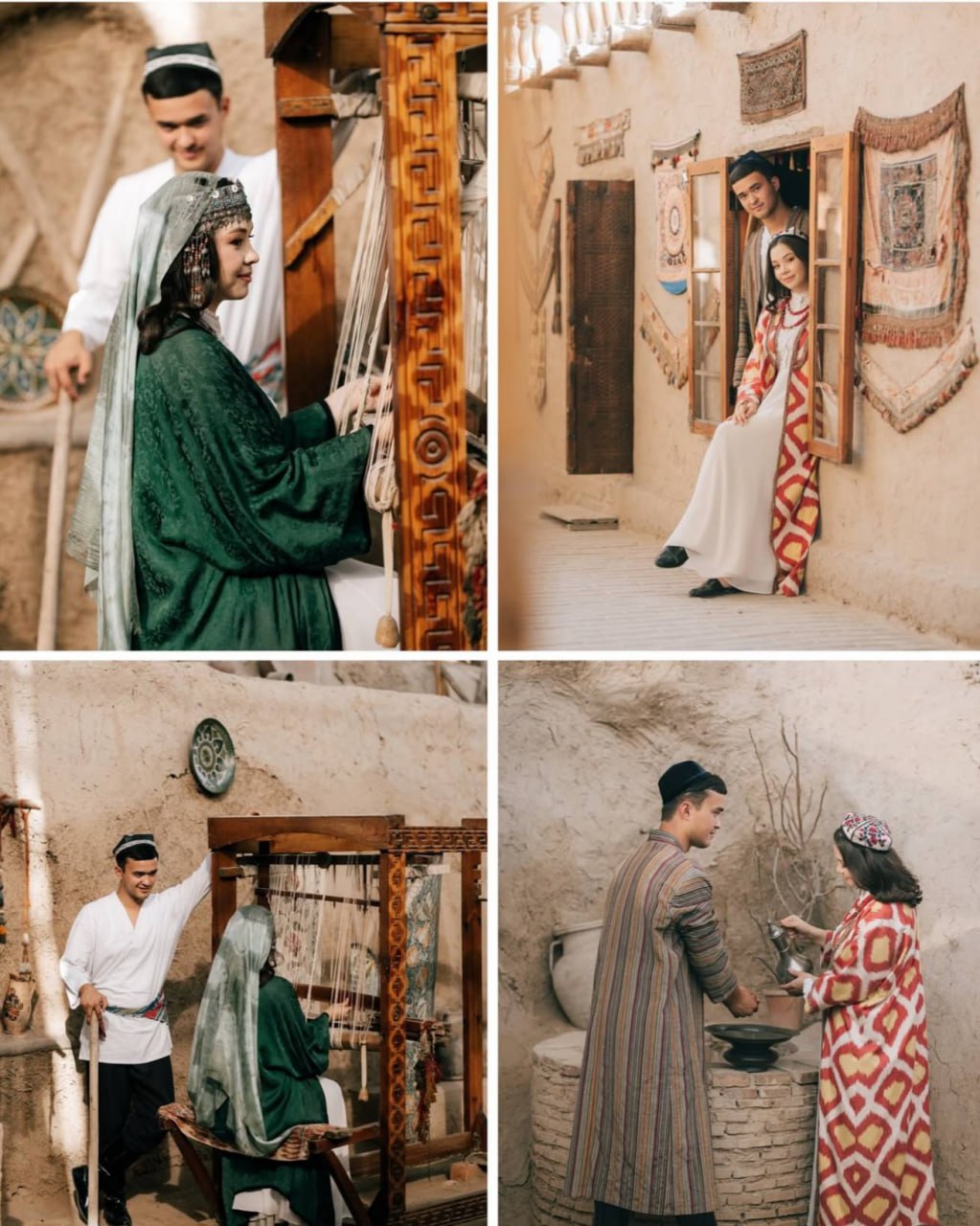

Modern Ethnic Processes
Today, Uzbek ethnography plays an important role in preserving the nation’s historical heritage and adapting it to modern conditions. In the era of globalization, issues of maintaining national traditions and values have become especially relevant.
National clothing, cuisine, wedding and festive ceremonies, and elements of oral folklore continue to live in contemporary culture. At the same time, urbanization, technological changes, and social transformations introduce new features into the ethnographic landscape.
The scientific study and promotion of Uzbek ethnography among the youth serve as an important factor in strengthening national identity and fostering pride in one’s heritage.
Uzbek ethnography is a field that explores the way of life, material and spiritual wealth, customs, and values of the people that have formed through a long historical process. It not only preserves historical memory but also educates younger generations in the spirit of loyalty to national traditions.
The ethnography of the Uzbek people is an invaluable source for understanding national identity, strengthening historical roots, and promoting universal human values.
References
- Dzhabborov, I. Ethnography of the Uzbek People. Tashkent: Učitel, 1994.
- Shoniyozov, K. The Process of Formation of the Uzbek Nation. Tashkent: Fan, 2001.
- Khodjaev, T. K. Ethnography of the Peoples of Central Asia. Tashkent: Universitet, 1998.
- Niyazov, A. Customs and Traditions of the Uzbek People. Tashkent: New Generation of the Century, 2010.
- Snesarev, G. P. Relics of Pre-Islamic Beliefs and Rituals among the Uzbeks of Khorezm. Moscow: Nauka, 1969.

